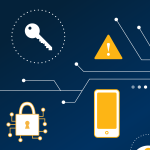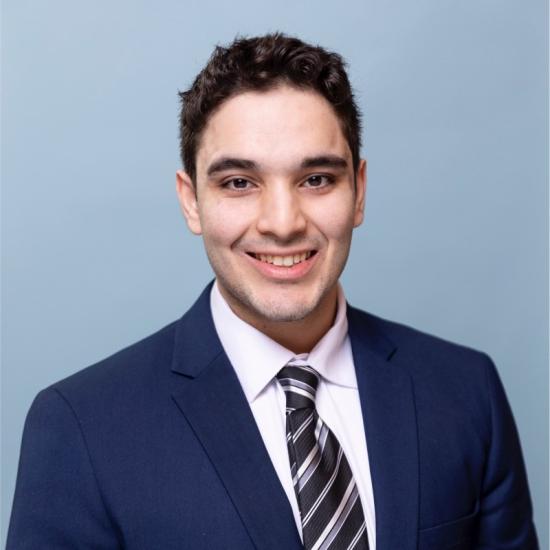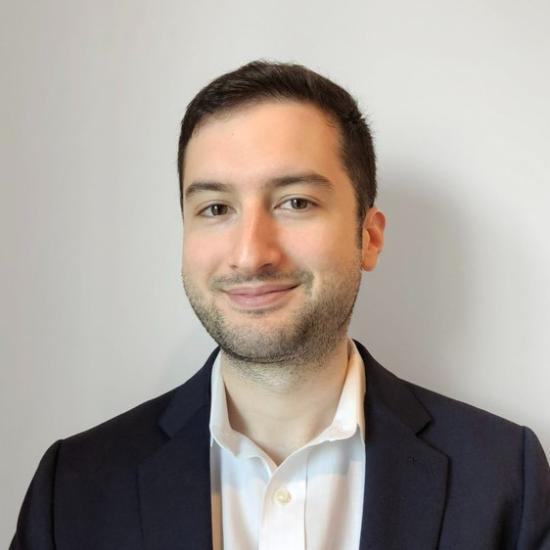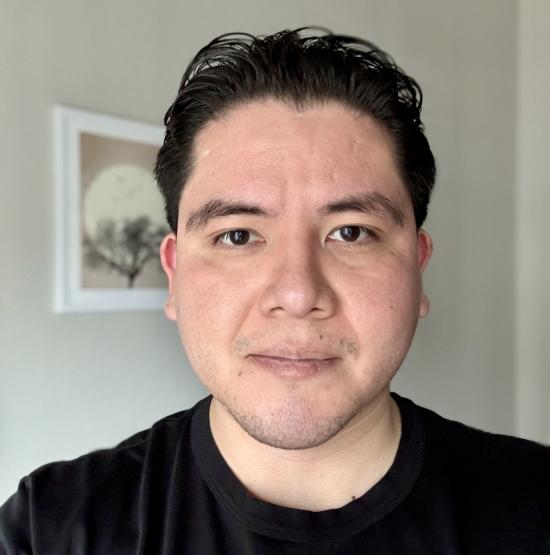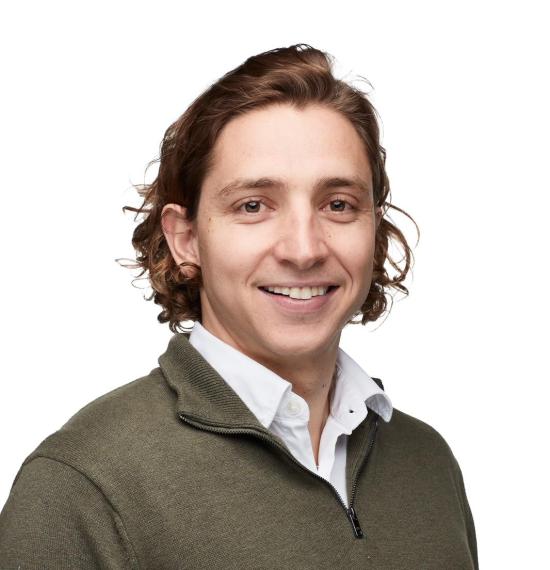RealEyes.ai, by recent Master of Information and Cybersecurity alums John Olmos, Jonathan Weiss, Sannan Iqbal, and Vassilis Tzavaras is a tool designed to detect and analyze deepfakes and disinformation online. The project was awarded the Lily L. Chang MICS Capstone Award for Fall 2024. The project leverages advanced machine learning models to provide real-time, accurate, and actionable insights, empowering individuals and organizations to make informed decisions about the content they encounter.
We interviewed the team to learn more —
What inspired your project?
Vassilis: Inspired by the devastating harm deepfakes inflict on individuals and businesses, we set out to address one of the most urgent crises of our time. Deepfakes are more than a technological novelty — they are being weaponized to erode trust, spread misinformation, and prey on those who lack the tools to defend themselves. From scamming unsuspecting victims to tarnishing reputations and undermining the truth itself, the exponential rise of deepfakes has turned this challenge into a societal emergency. Something had to be done.
During the MICS Immersion, Hany Farid’s insightful talk on deepfakes and synthetic media solidified our determination to take action to address this growing crisis. We were driven by the urgency to create a solution that helps people navigate today’s digital landscape with confidence.
RealEyes is our answer to this growing threat — a cutting-edge cybersecurity platform designed to detect deepfakes across online platforms, restore trust, and protect what’s real.
What was the timeline or process like from concept to final project?
Jonathan: Our team aligned on the topic of deepfake detection nearly an entire semester before Capstone, giving us a head start before our final semester began. By the time we officially started our capstone course, we had already conceptualized building a browser extension and a website to detect deepfake images. Our vision was to create an accessible, real-time, and user-friendly tool, which materialized as a Chrome browser extension— uploaded to the Chrome store — and a website allowing users to directly upload images for deepfake detection.
With this approach in mind, we dedicated the initial weeks to designing the supporting architecture, ensuring we could seamlessly integrate our machine-learning models to detect deepfake images. The subsequent weeks focused on incorporating and refining these models, ensuring accuracy and reliability. During the final stretch, we shifted our attention to testing and improving the user experience, assuring the final product met our goals of usability, speed, and transparency. The timeline was intensive but rewarding, as each stage brought us closer to delivering a fully functional and impactful solution.
How did you work as a team? How did you work together as members of an online degree program?
Sannan: We worked as a cohesive team by organizing ourselves around a clear and detailed roadmap that outlined our goals/outcomes and assigned tasks based on each member’s strengths. This ensured that everyone could contribute in areas where they excelled while also having opportunities to grow and develop new skills. Our communication was key to our success — we held weekly check-ins to monitor progress, share ideas, and resolve any roadblocks collaboratively.
“By offering real-time detection rooted in trust and transparency, our solution empowers people and organizations to navigate the digital world with greater confidence and integrity.”
As a team spread across the U.S., we made effective use of digital tools like video conferencing, shared documents, and messaging platforms to stay connected and aligned. We also maintained flexibility and openness to feedback, which allowed us to refine our scope and adjust our plans as needed. By leveraging each other’s unique strengths, fostering continuous communication, and supporting one another throughout the process, we were able to overcome challenges and deliver a stronger final product as a team.
How did your I School curriculum help prepare you for this project?
John: We had decided as a group in advance of Capstone that we’d like to do a deepfake detection project, so we all made sure to take CYBER 207: Applied Machine Learning for Cybersecurity. This gave us the foundation for understanding and implementing the final machine learning models chosen. CYBER 210: Network Security and CYBER 204: Software Security also prepared us for hardening security via web application firewall (WAF), JSON web tokens (JWTs), and Oauth/OIDC.
Do you have any future plans for the project?
Vassilis: Our future plans for RealEyes are ambitious and focused on addressing the growing need for reliable deepfake detection. We are currently seeking seed-stage funding and actively engaging with venture capital firms to accelerate our mission. Our next steps include expanding RealEyes into audio and video deepfake detection, and positioning RealEyes as the one-stop solution for truth and accuracy across all digital media.
How could this project make an impact, or, who will it serve?
Vassilis: This project can significantly impact the digital landscape by protecting individuals, businesses, governments, and media outlets against the harmful effects of deepfakes and disinformation. It serves anyone who relies on credible digital content — whether by verifying the authenticity of a photo, ensuring accurate reporting, or protecting personal reputations. By offering real-time detection rooted in trust and transparency, our solution empowers people and organizations to navigate the digital world with greater confidence and integrity.
Anything else you’d like to share?
Vassilis: Beyond creating a functional tool, we hope RealEyes plays a role in educating people about deepfakes and their impact, ultimately fostering a more informed and observant digital society.
While deepfakes span audio and video, we decided to focus on images for our initial solution due to the 12-week timeframe available for development. Looking ahead, we plan to expand RealEyes to detect deepfakes across all forms of media, making it a comprehensive platform for truth and accuracy.








